National Park Week is April 19–27
By Jaime Herndon
At a time when our public lands are facing challenges, it's more important than ever to celebrate our national parks.
April 18, 2025
Science Culture Environment Ecology Nature Conservation
Wallace Stegner once called our national parks “America’s best idea,” and he was right about that. Our public lands (which include national parks, forests, wildlife refuges, monuments, and lands that are managed by the Bureau of Land Management) are important for wildlife, cultural preservation, recreation, and so much more. In 2024, the National Park Service reported a record high of visitors: 331.9 million, an increase of two percent from 2023. In addition to all of the societal and environmental benefits of national parks, the economic benefits for communities cannot be ignored.
Currently, our public lands are in jeopardy. Budget cuts, workforce reduction, and proposals to open them to private development (as well as drilling and mining) are all things that will negatively impact these spaces. Despite significant staffing shortatges, President Trump has ordered the national parks to stay open, potentially stressing the ecosystems even more, given that fewer rangers will be working to manage the parks. To help protect public lands, you can learn more about current issues and how to take action from the National Parks Conservation Association.
Every year there is a National Park Week to celebrate our national parks, and this year it’s April 19–27, with the theme of “National Park Playlist.” The theme centers musical connections to the parks and American history. There are virtual and in-person park events, and on April 19, entrance fees to the national parks are waived, making it even easier to experience our public lands!
If you’re not able to get to a park site, you can search social media for the hashtag #NationalParkWeek to follow along with events and festivities. I’ve also compiled a list of recent and forthcoming books about our public lands for you to explore.
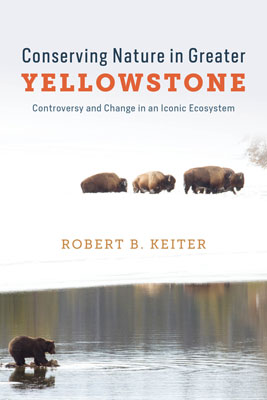
Conserving Nature in Greater Yellowstone: Controversy and Change in an Iconic Ecosystem by Robert B. Keiter
While Yellowstone National Park is the core of the Greater Yellowstone Ecosystem (GYE), the GYE is actually much bigger than the park, encompassing Grand Teton National Park and a variety of other public lands, for a total of 23 million acres. Robert B. Keiter, a public land law and policy expert, explores the GYE in this book, which comes out in July. He looks at how the Yellowstone ecosystem came to be tied to conservation, and the controversies, challenges, and changes the region has dealt with in the past, as well as what it’s currently facing. But it’s not just a book about Yellowstone; Keiter examines the lessons in nature conservation learned from Yellowstone and how they can be applied elsewhere, helping to pave the way for the future.
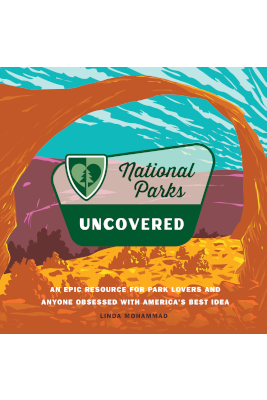
National Parks Uncovered: An Epic Resource for Park Lovers and Anyone Obsessed with America’s Best Idea by Linda Mohammad
While this book would be at home on a coffee table because of its gorgeous photographs, don’t let it fool you: it’s also chock-full of information about the parks and public lands. There’s a review in the front of the book that goes over what each public land designation means and what each entails, and each park has tidbits of information or stories shared from park rangers, stats about the park, a land acknowledgment, park website details, and much more.
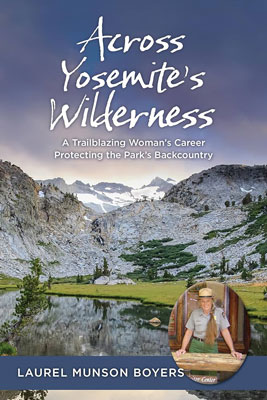
Across Yosemite’s Wilderness: A Trailblazing Woman’s Career Protecting the Park’s Backcountry by Laurel Munson
You might say Laurel Munson was born to write this book, which comes out in June. Munson, the first woman to serve as the Wilderness Manager in the history of Yosemite and also the first woman to work in full-time mounted backcountry patrol in the park, was born in Yosemite Valley and joined the National Park Service in 1976. Her memoir first takes readers on her last mounted patrol as a ranger, sharing insights into the wilderness and memories of various experiences of hers. The second part of the book shifts to her life story, including her family's history with the park and her relationship with the wilderness. Through it all, she has a unique point of view that comes from someone intimately familiar with the park and its history, as well as decades of experience. She reminds us of the significance of Yosemite and how important it is to manage and protect the parks.

Public Land and Democracy in America: Understanding Conflict Over Grand Staircase-Escalante National Monument by Julie Brugger
When President Bill Clinton made Grand Staircase-Escalante a national monument in 1996 using the Antiquities Act, he never could have predicted that it would become a symbol of conflict. Elected officials in Utah, as well as local residents, weren’t consulted or informed before Clinton did so, sparking plenty of debate, problems in daily management of the site, and political tension that lasts to the present day. Brugger details the spectrum of viewpoints, illustrating the how different ways of viewing democracy impact the landscape, and vice versa.
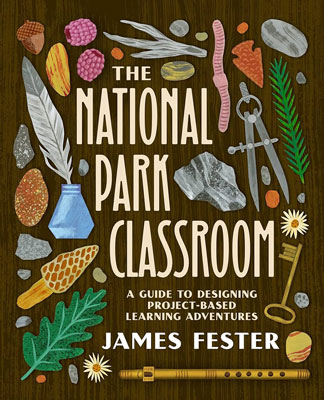
This book is a bit different than others on the list, but I chose it because I think it’s an important one, and a tool that could help teachers and even parents bring the parks to kids and teens, no matter where you are. In 2017, The National Park Classroom was launched as a tool for educators to connect students with parks to help spark that interest and drive to protect these public lands, since they are the future stewards of these lands. Fester explores concepts of place consciousness, exploratory inquiry, and interpretive teaching, as well as how to tie in national parks to subjects like science, social studies, literacy, art, and math. Nature and our surroundings, including the parks, are not separate from our lives, and this book is a practical guide on how to teach this to others, both inside and outside the classroom.
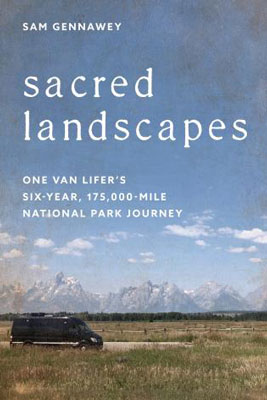
Coming out in May, this book chronicles a journey to more than 380 of our public lands preserved by the U.S. National Park Service. Genneway, a former urban planner and theme park historian, focuses on these public lands, exploring historical aspects of our country, reflecting on nature and issues of conservation, and examining his own experiences of the parks and what the stories of each place mean to him. A combination of writing about his direct volunteer experience in the parks, a travelogue, historical commentary, and tips on van life and van travel make this an entertaining book that you’ll be reaching for this summer.
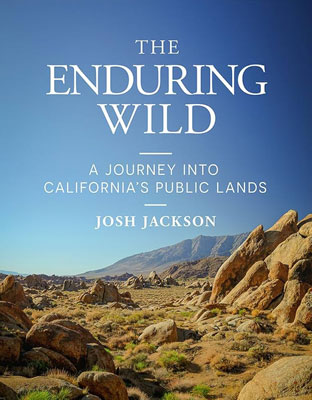
The Enduring Wild: A Journey into California’s Public Lands by Josh Jackson
If you’re looking for an engrossing summer read, pick this one up. Publishing in June, Josh Jackson writes about a road trip that takes him across California in search of every piece of public wilderness owned by the Bureau of Land Management. He shares the histories of these places along with current threats and challenges, and introduces readers to a variety of people working to help protect these public lands.
No matter which book(s) you choose to read, our public lands are ours and should be protected. How will you be celebrating National Park Week?
American Scientist Comments and Discussion
To discuss our articles or comment on them, please share them and tag American Scientist on social media platforms. Here are links to our profiles on Twitter, Facebook, and LinkedIn.
If we re-share your post, we will moderate comments/discussion following our comments policy.